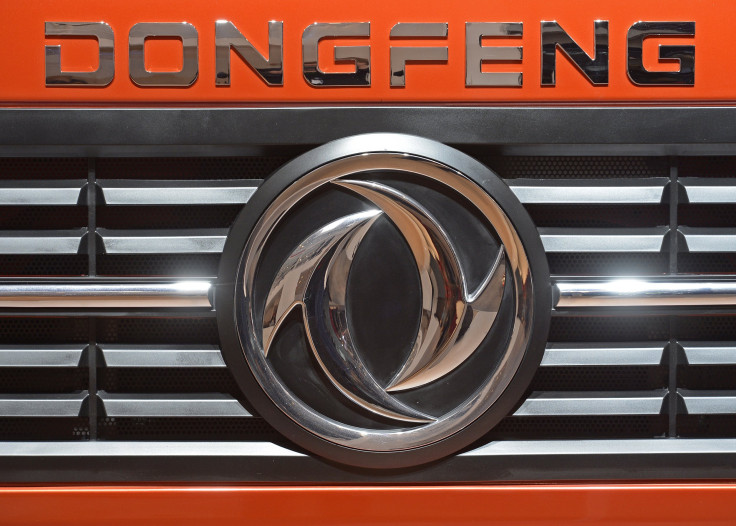China Auto Exports To Vietnam Nearly Triple, Thanks To Heavy Truck Sales

China has become Vietnam’s top source of automotive imports this year, surpassing the previous top exporter, South Korea. The swap comes as the Southeast Asian country sees accelerated economic growth that is fueling automotive imports.
A crackdown by the Vietnamese government on a persistent problem of overloaded trucks that damage roads has also helped spur demand for low-cost heavy trucks from China even as demand for sedans made in South Korea and Thailand continues to grow.
Vietnam imported 8,856 Chinese-made motor vehicles in the year through April, up from 2,274, or a 289 percent increase, from the same period last year, according to Vietnam Customs data posted Friday. Meanwhile, South Korea exported 7,744 vehicles in the first third of the year, up 48 percent from 5,231 in the same period last year. Vehicles made by foreign automakers in Thailand exported to Vietnam grew 165 percent, to 6,854 units.
While the volumes are low, they’re growing fast as Vietnam experiences a booming export market fueled by foreign companies that use the country as a manufacturing base. Economic growth touched 6 percent last year while inflation remains below 2 percent.
“The increased import of trucks indicates that the economy is recovering as people require more such vehicles to serve their transportation needs,” said Vietnam’s Minister of Planning and Investment Bui Quang Vinh earlier this year.
Motorcycles still make up the most common form of transport, but with Vietnam’s growth more consumers have money to spend on upgrading from two wheels to four. While neighboring regional car markets like Thailand and Indonesia saw double-digit auto sales declines last year, Vietnam grew sales by 43 percent, Vietnam Automobile Manufacturers Association figures show.
James Chao, managing director of the Asia-Pacific region for HIS Automotive, said the Southeast Asian auto market is highly fragmented.
“There are great differences in growth among the countries within Southeast Asia,” Chao said in an email to International Business Times. “Thailand and Indonesia have been weak, due to worse-than-expected economic performance (as well as flooding in Jakarta). The Philippines has been particularly strong as the economy has been driven by strong remittances from overseas Filipinos as well as some economic reforms which have propelled GDP growth.”
The most popular imported heavy truck in Vietnam is Toyota’s Chinese-made Hino, produced under a joint venture with China’s GAC. But peppered into the Vietnamese truck market are Chinese brands like JAC and C&C.
Vietnam is one of China’s largest vehicle export markets, but China's automotive exports overall – trucks included – are few. Under joint ventures with Chinese automakers, foreign car companies, including Toyota, General Motors, PSA Peugeot Citroen and BMW, use China as a manufacturing base for some of their exports.
Though there has been a recent robust uptick in domestic demand for Chinese-branded SUVs, Chinese-branded vehicles continue to face intense scrutiny from consumers at home and abroad. The biggest external markets for Chinese-branded cars are developing countries like Iran, Russia, Colombia and Egypt. While exports to Vietnam grew on demand for heavy trucks, China’s overall automotive exports have continued to decline this year, after dropping 7 percent to 910,400 units last year, according to the China Association of Automobile Manufacturers.
© Copyright IBTimes 2024. All rights reserved.





















